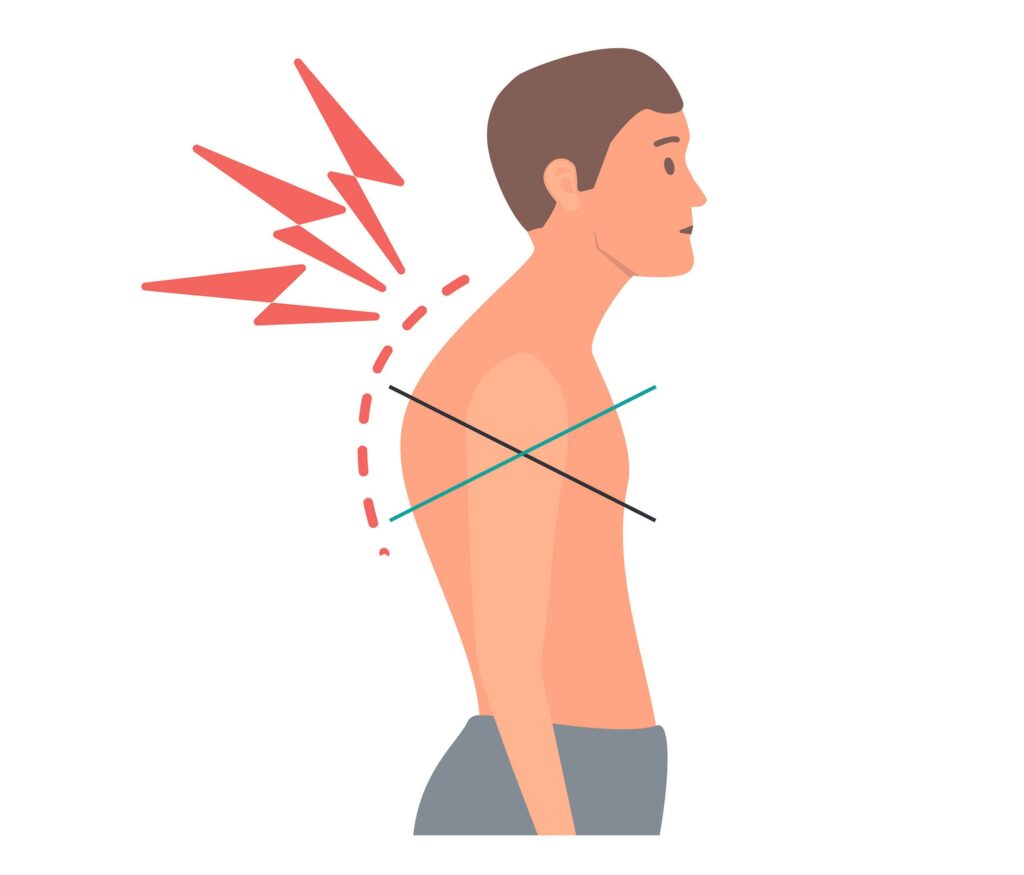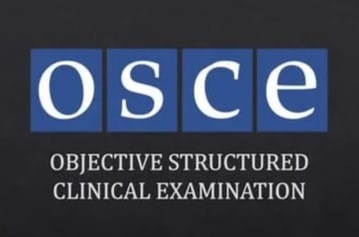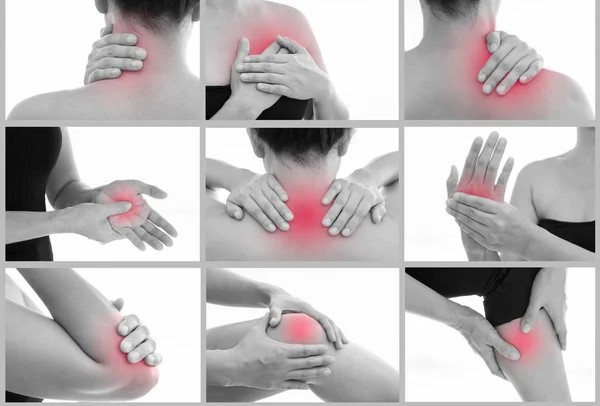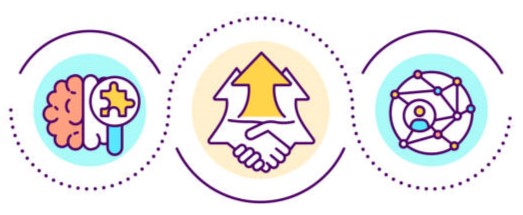Posted inPhysiotherapy Health
Parkinson’s disease: What it is, how to manage and 10 ways to prevent it.
Parkinson's Disease is an age-related chronic, progressive neurodegenerative disorder that primarily affects movement is the progressive loss of dopaminergic neurons in the substantia nigra pars compacta (midbrain). which is responsible for controlling movement and coordination. This condition is best known for how it affects muscle control, balance and movement, it can also cause a wide ... Read more







